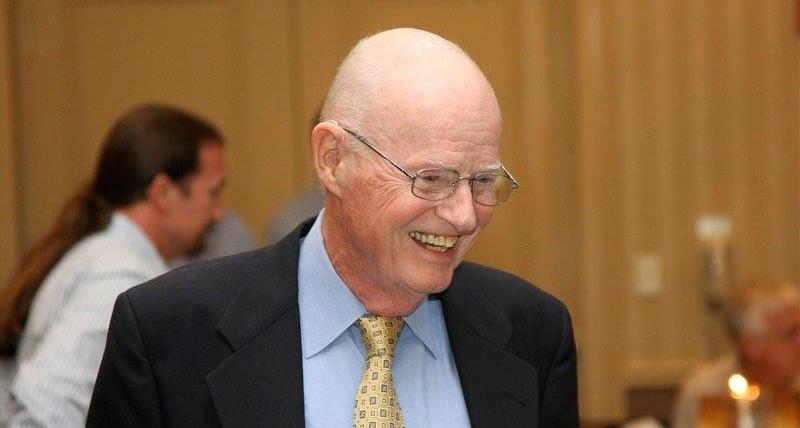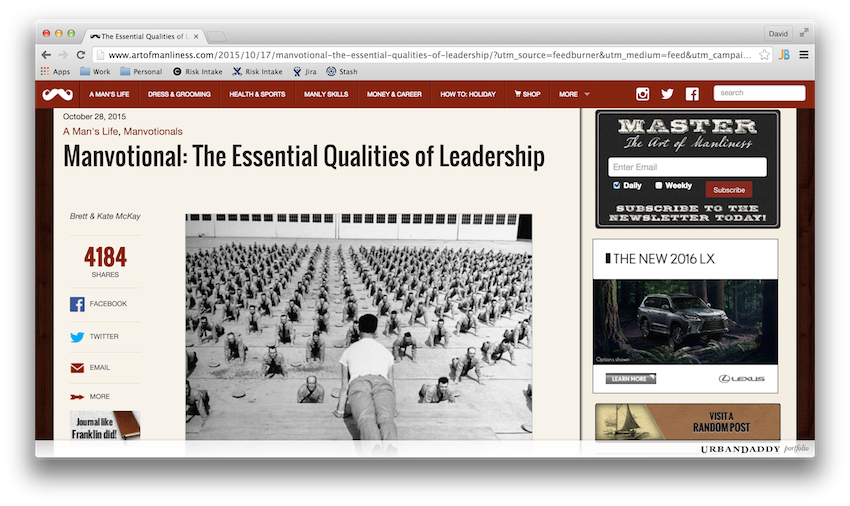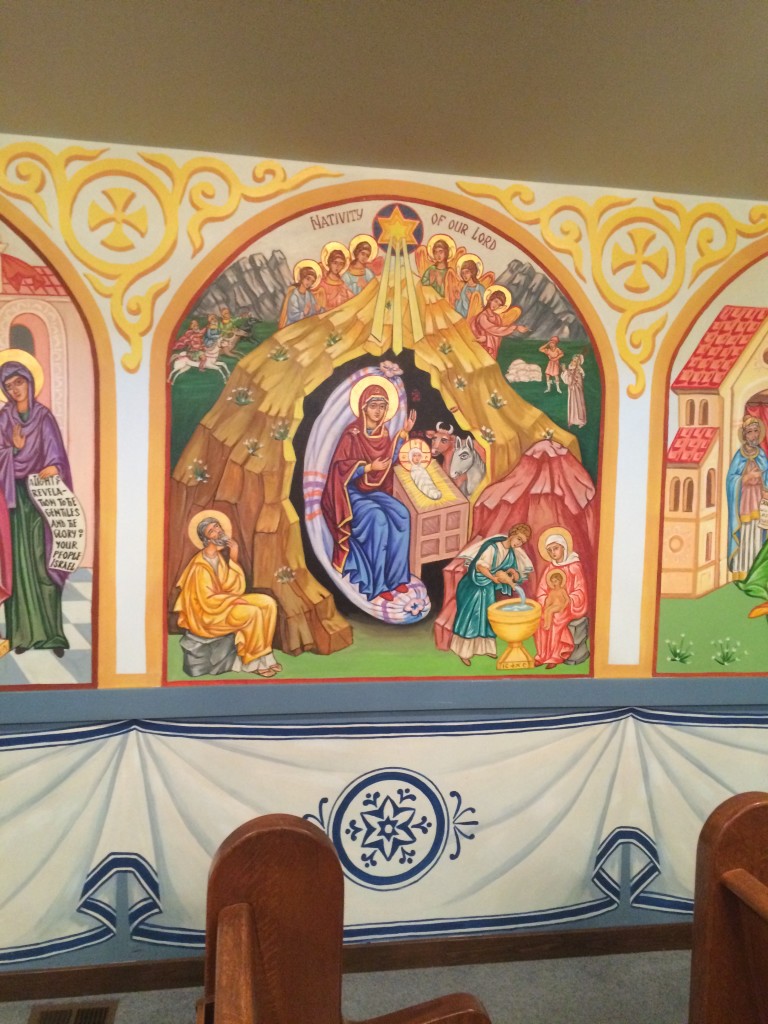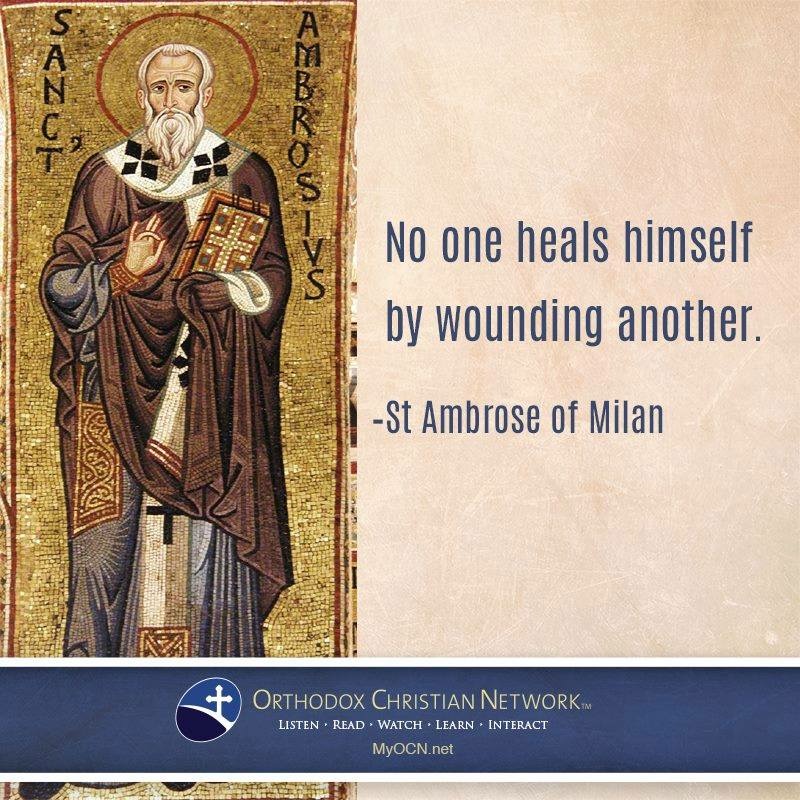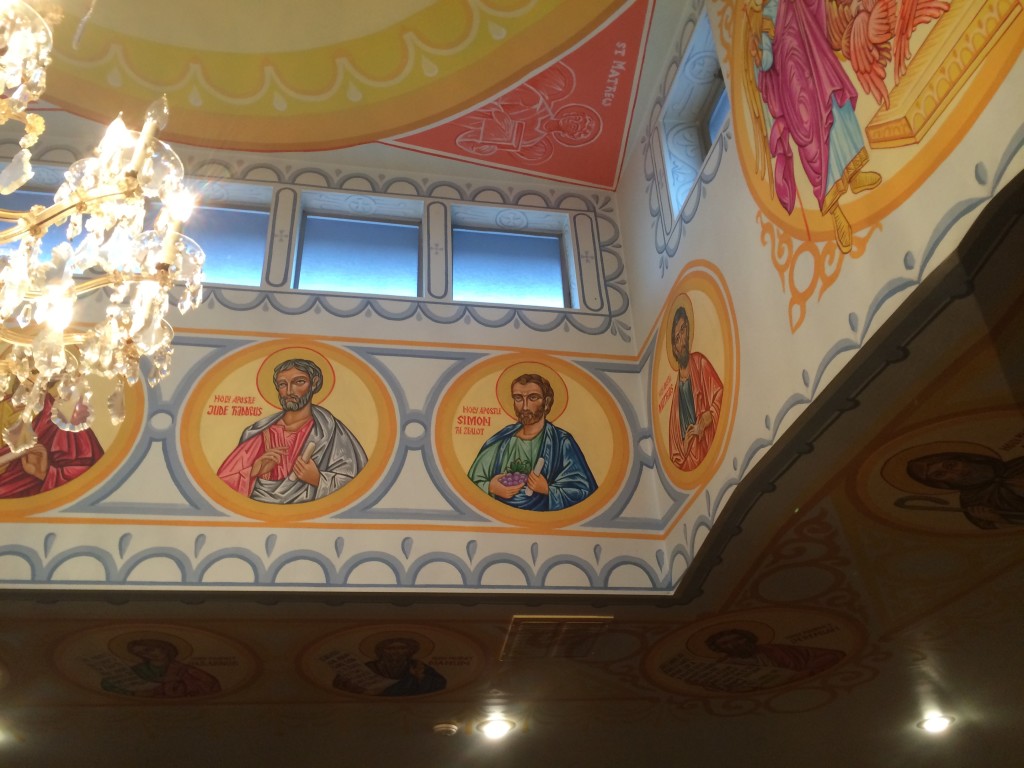Today’s post is a story told by Ravi Zacharias in his book Jesus among other gods, the book from which I was quoting last week….
Dr. J Robertson McQuilkin was formerly the president of Columbia Bible College and Seminary. He is one of the most remarkable people in our world. He is a conference speaker and author of note. But none of those credentials exceed his exemplary and heart-gripping love for his ailing wife, Muriel. She has walked down the grim and lonely world of Alzehimer’s disease for the last twenty years. Dr. McQuilkin gave up his presidency and numerous other responsibilities to care for her and to love her. He has penned his emotional journey in one of the most magnificent little books ever written. At one point in the book he recounts this incident:
Once our flight was delayed in Atlanta, and we had to wait a couple of hours. Now that’s a challenge. Every few minutes, the same questions, the same answers about what we’re doing here, when are we going home? And every few minutes we’d take a fast paced walk down the terminal in earnest search of – what? Muriel had always been a speed walker. I had a job to keep up with her!
An attractive woman sat across from us, working diligently on her computer. Once, when we returned from an excursion, she said something, without looking up from her papers… “Pardon?” I asked.
“Oh,” she said, “I was just asking myself, ‘Will I ever find a man to love me like that?’”
What a testimony that is to a great love and to a great hunger. Will any one of us find a love, a selfless love like that? We all recognize a sacred love when we see it, and we long for it. Sacred love is not without boundaries. There are lines that commitment will not cross, because when they are crossed it ceases to be love.
